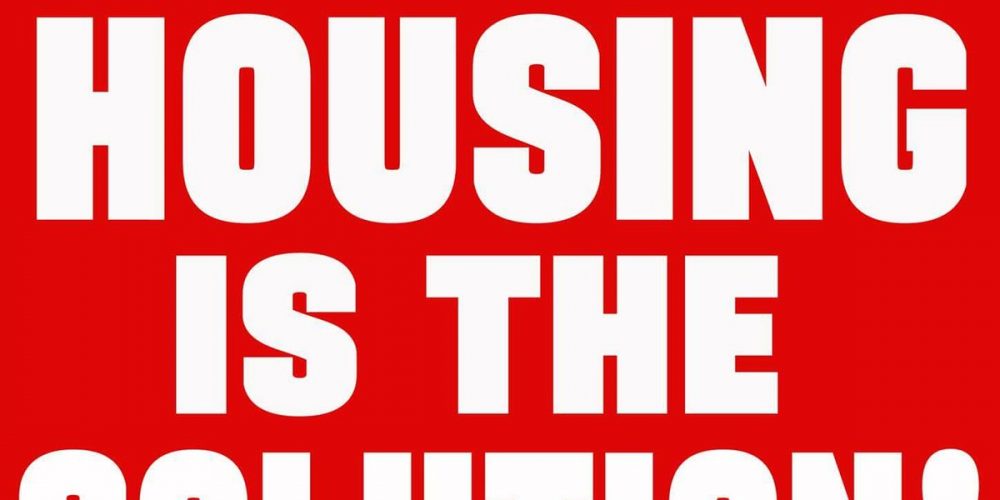A number of proposed solutions have been put forward for the manufactured housing crisis. So let us analyse their suitability and see who they benefit: the citizens and society as a whole or landlords and profiteers.
Limited-equity affordable housing, also known as the cost-purchase ownership model, is one whereby the tenant buys 50 per cent of the home and the other 50 per cent is paid for in rent. It could be owned by a co-op, a housing association or the state and would be available to low-income families.
This system would make it more affordable to the tenant or owner without affecting the profit of the builders or property prices generally, which would continue to rise, putting these homes out of the reach of more and more citizens. It boosts corporate profits while making it more affordable for tenants to own part of their home. They will have a mortgage debt for up to forty years, and will have to pay rent on the other half and all the other costs of maintaining the property for the rest of their lives, despite never owning more than half the home.
These payments leave the tenant with little or no disposable income, even though they will have a secure home. When they are available only to low-earners this stigmatises those living in them and ghettoises the whole area—as all solutions that are not universally accessible do. Developers benefit, at the expense of citizen and state.
Co-operative housing involves non-profit houses being built and then purchased by those who qualify, i.e. those on low incomes who are high enough on the waiting-list to get one. The buyer gets a cheaper, more affordable home, but they still have the mortgage debt to take a massive proportion of their income for forty years.
The state subsidises costs through the land provision and not taking building profits, which enables the owner to buy the home. In the future they or their children can sell the property for a massive profit, taking all the financial benefits that were subsidised by the state and the original non-profit building cost. The individual and the bank gain, at the state’s expense.
Social housing involves the state giving qualifying purchasers a grant towards the cost of buying a home; it may also provide a low-interest mortgage. Once again little disposable income is left after mortgage payments. Developers get the benefit of the subsidy, as it goes directly to them in the cost of the home, which is privately owned and will eventually be sold on at a profit. The owner, the bank and the developer profit, at the state’s expense.
Universally accessible publicly built and owned housing for a rent relative to income is a right for all citizens to avail of. The citizen benefits through affordable rent, which frees extra money to provide for all the other needs of the family, thus boosting the local economy. It also removes the stress and burden that mortgage debt would put in their lives.
The state benefits, as this ends the housing crisis when every citizen will have a home available, and also benefits with the huge social dividend that a properly housed population will give in the form of improved health, education, productivity, and social well-being.
With a plentiful supply of housing, prices will stabilise; so the boom-and-bust property bubbles will be a thing of the past, along with homelessness, and private rented accommodation, as the rackrenting landlords will not be able to compete with differential rents. The homes will be a state asset in perpetuity—when one family are finished with them they will be passed on to another—and will pay for themselves over time.
The workers in the state-owned building company will have decent, well-paid, permanent jobs, stabilising the building industry, at the expense of speculators, banks, profiteers, and bogus employers, for the common good.
The choice is simple. Will we have universal public housing, which benefits the whole of society, and a permanent solution to the housing crisis, or do we take the other temporary “solutions,” which subsidise corporate profits or at best temporarily ease the burden of mortgage payments, till debt do us part.






